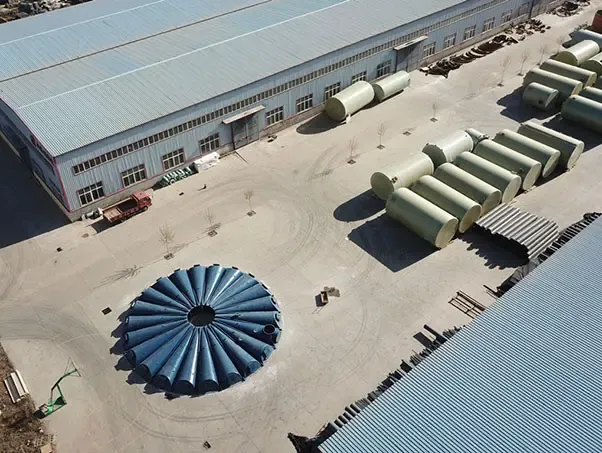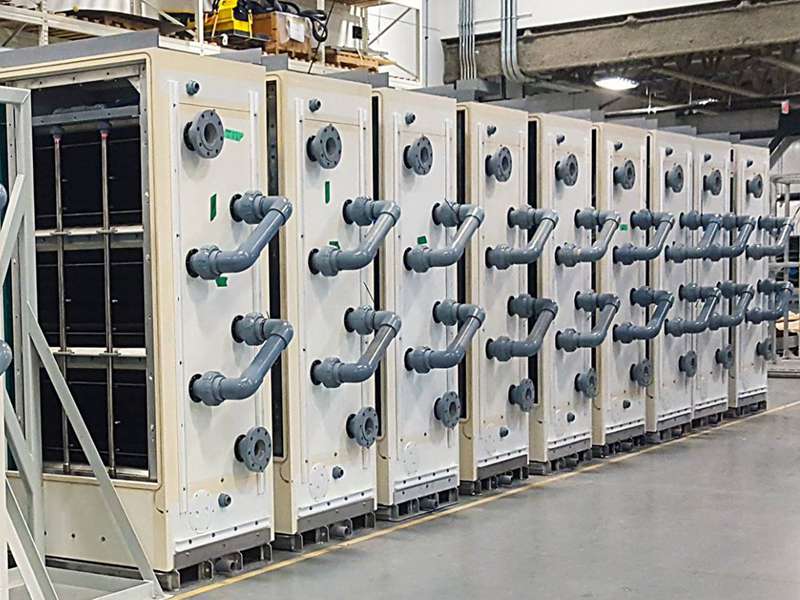
-
 Afrikaans
Afrikaans -
 Albanian
Albanian -
 Amharic
Amharic -
 Arabic
Arabic -
 Armenian
Armenian -
 Azerbaijani
Azerbaijani -
 Basque
Basque -
 Belarusian
Belarusian -
 Bengali
Bengali -
 Bosnian
Bosnian -
 Bulgarian
Bulgarian -
 Catalan
Catalan -
 Cebuano
Cebuano -
 China
China -
 China (Taiwan)
China (Taiwan) -
 Corsican
Corsican -
 Croatian
Croatian -
 Czech
Czech -
 Danish
Danish -
 Dutch
Dutch -
 English
English -
 Esperanto
Esperanto -
 Estonian
Estonian -
 Finnish
Finnish -
 French
French -
 Frisian
Frisian -
 Galician
Galician -
 Georgian
Georgian -
 German
German -
 Greek
Greek -
 Gujarati
Gujarati -
 Haitian Creole
Haitian Creole -
 hausa
hausa -
 hawaiian
hawaiian -
 Hebrew
Hebrew -
 Hindi
Hindi -
 Miao
Miao -
 Hungarian
Hungarian -
 Icelandic
Icelandic -
 igbo
igbo -
 Indonesian
Indonesian -
 irish
irish -
 Italian
Italian -
 Japanese
Japanese -
 Javanese
Javanese -
 Kannada
Kannada -
 kazakh
kazakh -
 Khmer
Khmer -
 Rwandese
Rwandese -
 Korean
Korean -
 Kurdish
Kurdish -
 Kyrgyz
Kyrgyz -
 Lao
Lao -
 Latin
Latin -
 Latvian
Latvian -
 Lithuanian
Lithuanian -
 Luxembourgish
Luxembourgish -
 Macedonian
Macedonian -
 Malgashi
Malgashi -
 Malay
Malay -
 Malayalam
Malayalam -
 Maltese
Maltese -
 Maori
Maori -
 Marathi
Marathi -
 Mongolian
Mongolian -
 Myanmar
Myanmar -
 Nepali
Nepali -
 Norwegian
Norwegian -
 Norwegian
Norwegian -
 Occitan
Occitan -
 Pashto
Pashto -
 Persian
Persian -
 Polish
Polish -
 Portuguese
Portuguese -
 Punjabi
Punjabi -
 Romanian
Romanian -
 Russian
Russian -
 Samoan
Samoan -
 Scottish Gaelic
Scottish Gaelic -
 Serbian
Serbian -
 Sesotho
Sesotho -
 Shona
Shona -
 Sindhi
Sindhi -
 Sinhala
Sinhala -
 Slovak
Slovak -
 Slovenian
Slovenian -
 Somali
Somali -
 Spanish
Spanish -
 Sundanese
Sundanese -
 Swahili
Swahili -
 Swedish
Swedish -
 Tagalog
Tagalog -
 Tajik
Tajik -
 Tamil
Tamil -
 Tatar
Tatar -
 Telugu
Telugu -
 Thai
Thai -
 Turkish
Turkish -
 Turkmen
Turkmen -
 Ukrainian
Ukrainian -
 Urdu
Urdu -
 Uighur
Uighur -
 Uzbek
Uzbek -
 Vietnamese
Vietnamese -
 Welsh
Welsh -
 Bantu
Bantu -
 Yiddish
Yiddish -
 Yoruba
Yoruba -
 Zulu
Zulu
frp duct
Understanding FRP Ducts An Overview
Fiber Reinforced Polymer (FRP) ducts have emerged as a crucial component in various industrial applications, particularly in environments where traditional materials may struggle to perform. Made from a composite of polymer matrices reinforced with fibers, FRP ducts exhibit a unique combination of strength, lightweight characteristics, and corrosion resistance, making them ideal for a broad spectrum of uses.
Understanding FRP Ducts An Overview
In addition to their corrosion resistance, FRP ducts also offer excellent thermal insulation properties. This characteristic is vital in applications where temperature control is crucial. By minimizing heat transfer, FRP can help maintain optimal conditions within a system, improving overall efficiency. Moreover, because FRP materials are lightweight, they are easier to install and handle compared to traditional metal options, leading to reduced labor costs and installation time.
frp duct

The versatility of FRP ducts allows for customization based on specific project requirements. They can be molded into various shapes and sizes, accommodating unique designs in both new constructions and retrofitting projects. Additionally, FRP can be engineered to meet specific technical specifications, such as fire resistance and structural strength, ensuring compliance with safety regulations.
Environmental sustainability is another critical aspect of utilizing FRP ducts. Many manufacturers are now focusing on producing eco-friendly FRP materials, which contribute to reduced environmental impact. With the increasing emphasis on sustainability in engineering practices, FRP ducts represent a responsible choice for modern infrastructure.
In conclusion, FRP ducts present a compelling solution for a variety of industries. Their durability, corrosion resistance, lightweight nature, and versatility make them an excellent alternative to traditional duct materials. As technology and materials science continue to evolve, the application of FRP ducts is expected to expand, further proving their value in contemporary engineering projects and environmental sustainability initiatives.
Latest news
-
Premium Gratings & Covers | GPT-4 Turbo Enhanced SafetyNewsAug.02,2025
-
Large Size Field Tanks with AI-Powered EfficiencyNewsAug.01,2025
-
Premium Ladders & Handrails | AI-Safety with GPT-4-TurboNewsJul.31,2025
-
Smart Fittings with GPT-4 Turbo: AI-Powered PrecisionNewsJul.31,2025
-
Steps: Simple Solutions for Every ProcessNewsJul.30,2025
-
Other Products for Versatile Solutions – Quality & InnovationNewsJul.29,2025









